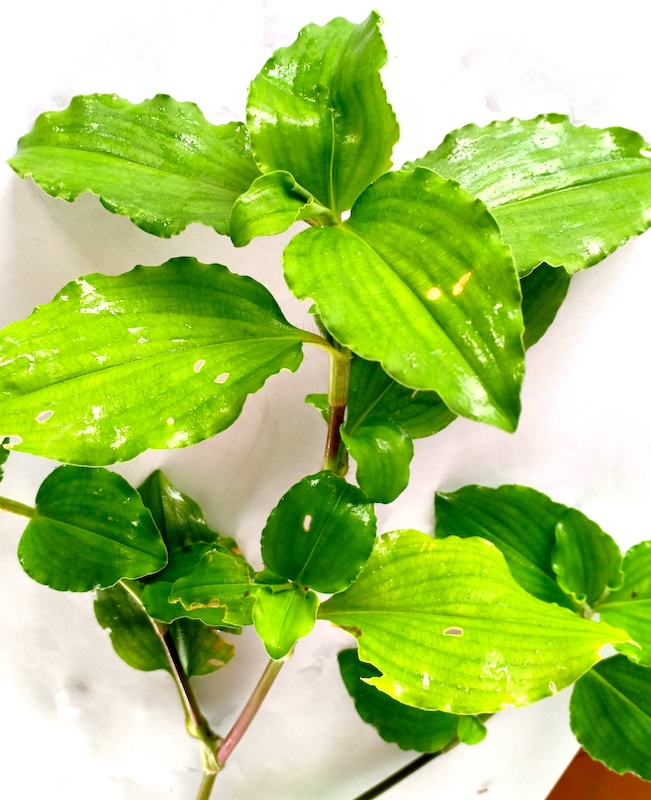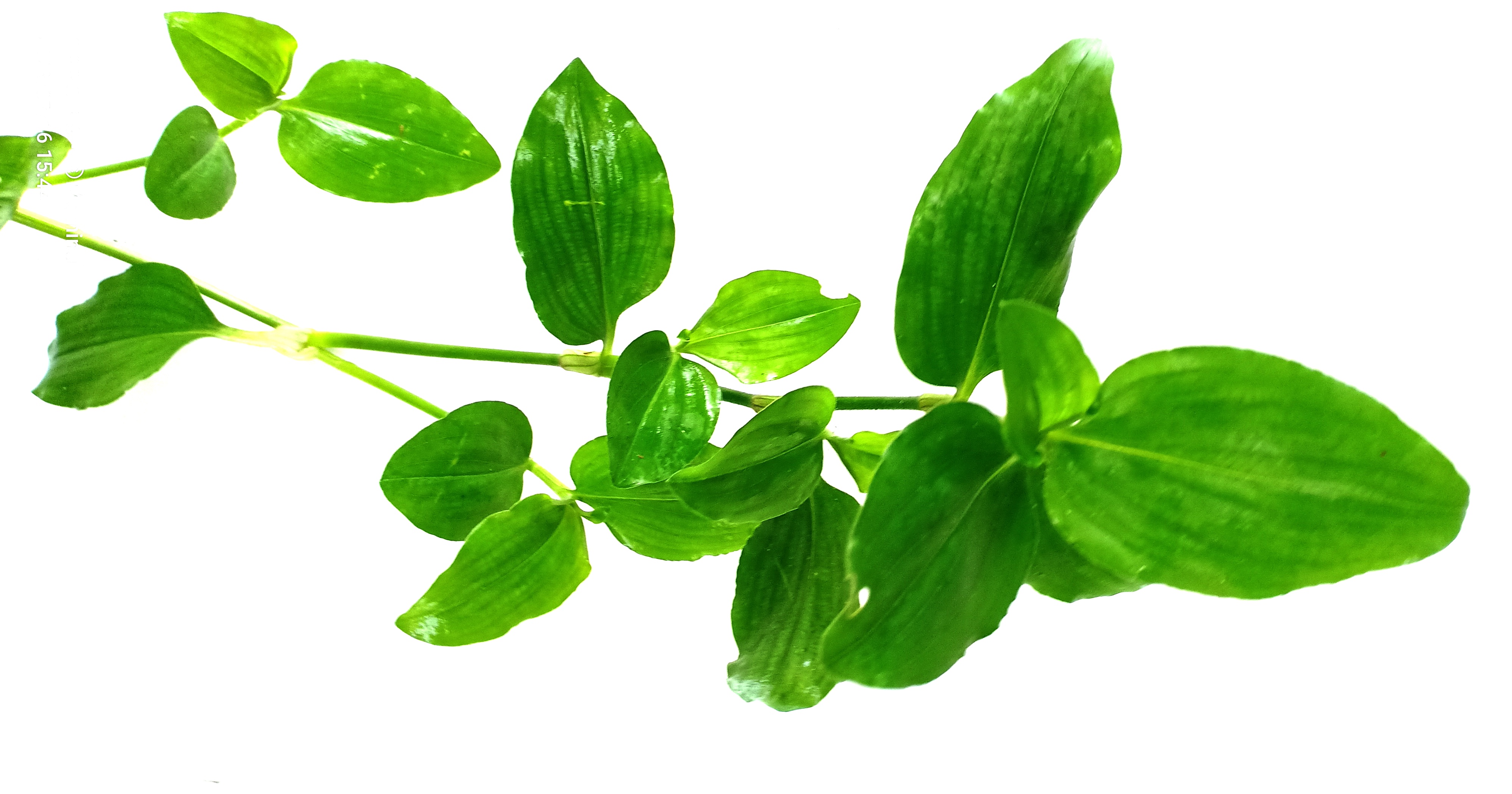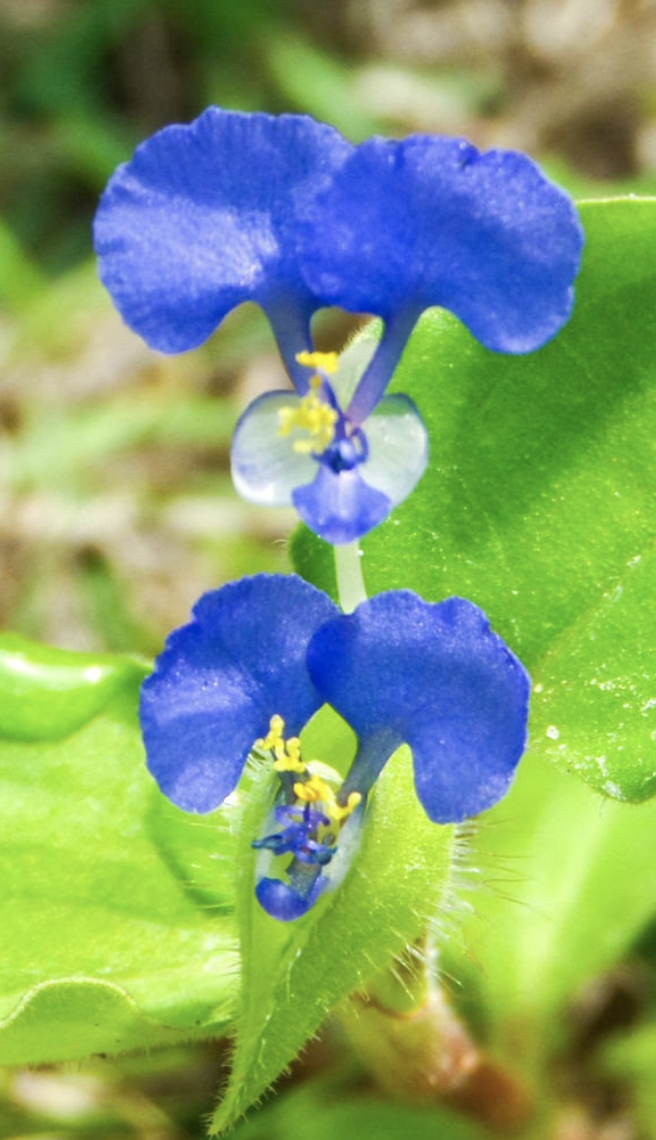

Identification Notes




EPPO CodeCOMBE |
Life CyclePerennial herb but can grow as an annual in more temperate climates. |
MorphologyStem: Ascendent or prostrate, dichotomously branched, somewhat fleshy, much rooted, cylindrical, massive, hairy; Leaves: simple helically arranged, parallel-veined, distinctly petioled, ovate, ovate-elliptic to elliptic; base obtuse or acute, sheathing; Flowers: zygomorphic, in stalked, hairy, 2-armed cincinni (bostryx); Fruit: Capsule; Seed: oblong, grey-black, strongly ribbed-wrinkled. |
Growing seasonJanuary - December |
Germination periodApril to October |
Flowering periodJanuary - December |
PropagationSeeds and Stolon fragments, hydrochorous |
HabitatBenghal dayflower can grow in a wide variety of soil types but is most common and problematic in areas with moist and fertile soil. Benghal dayflower is usually not an issue in container-grown plants. In nurseries, it can be especially problematic in irrigation ditch banks and in areas that are irrigated. It can form dense stands in landscape beds, agricultural fields, roadsides, and other disturbed sites. It grows best in full sun but can also grow in shaded areas and is a common issue in shaded cut-foliage production areas and ferneries. |
Weed potentialIt is a weed in 25 crops in 28 countries. |
Control measureManual or Chemical control |
Recommended herbicide2, 4-D (1.4 - 2.8 kg/ha), metribuzin (2.5 - 3 kg / ha), glyphosate (1.8 - 2 kg/ ha) |
DistributionC. benghalensis is a weed of the tropics and subtropics. It is widely distributed in West Africa, East Africa, Central, Southern and South-East Asia extending as far as Japan, the Philippines and Australia (Holm et al., 1977). It is reported as a serious and troublesome weed in most arable crops in the Eastern and Southern African countries, but only sporadically in the Americas. |
Medicinal properties- |
References
|